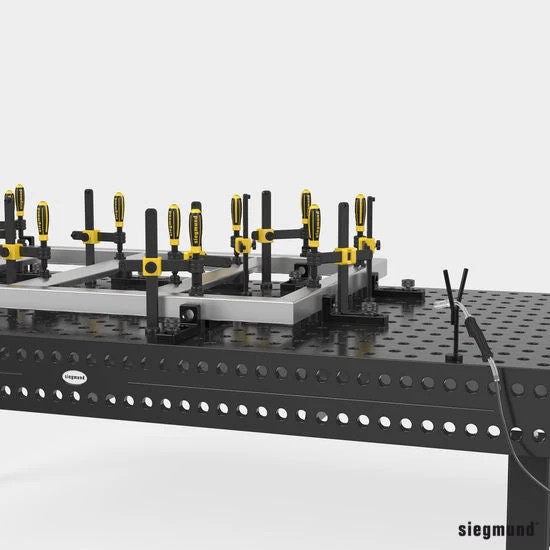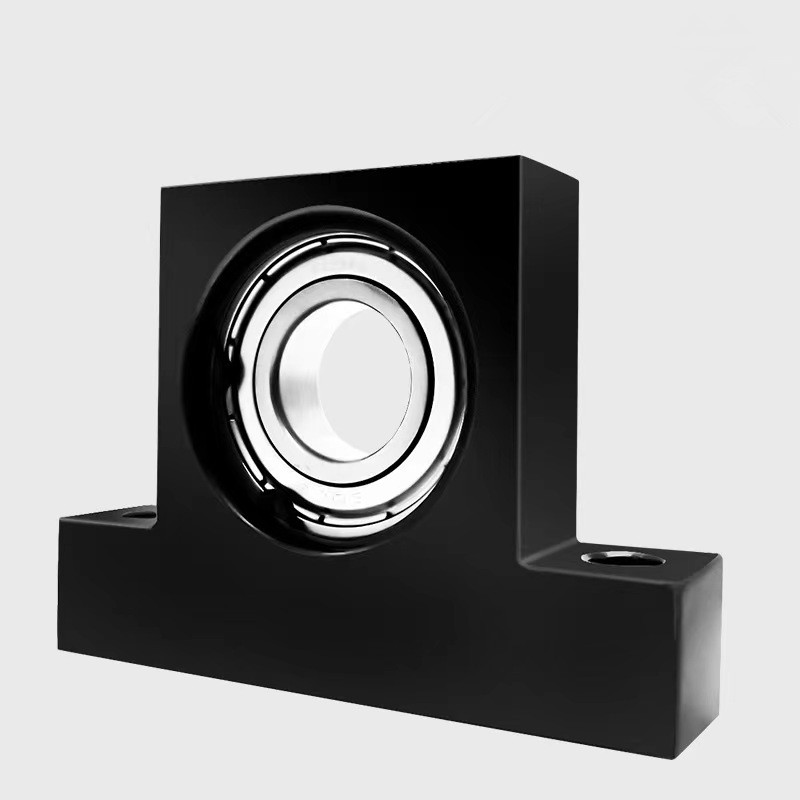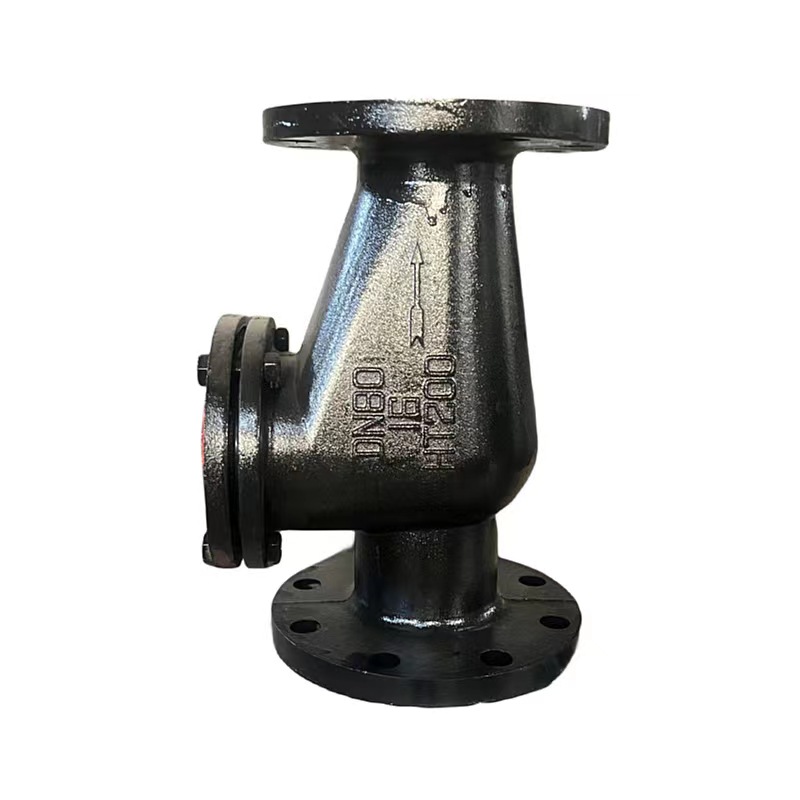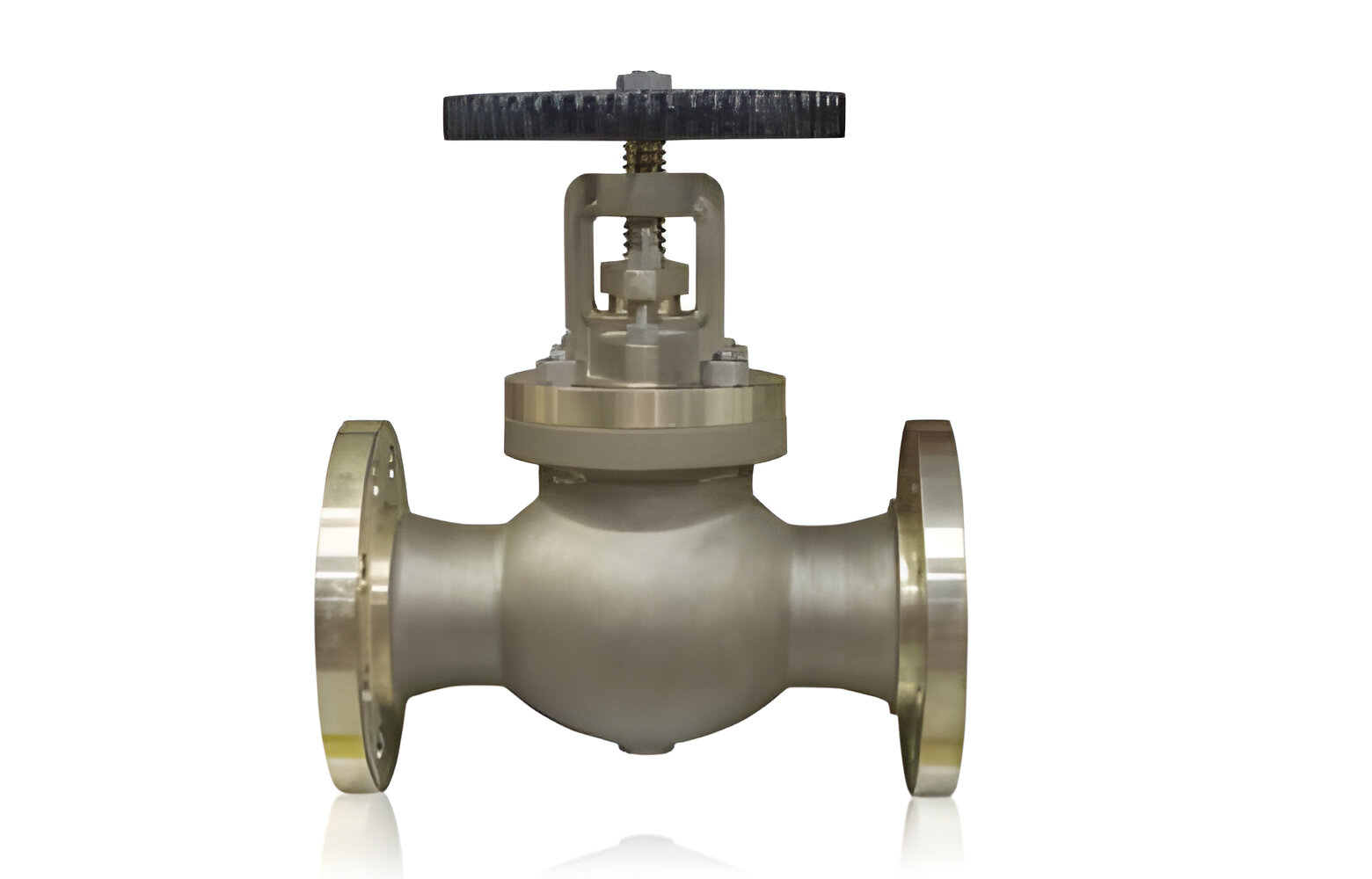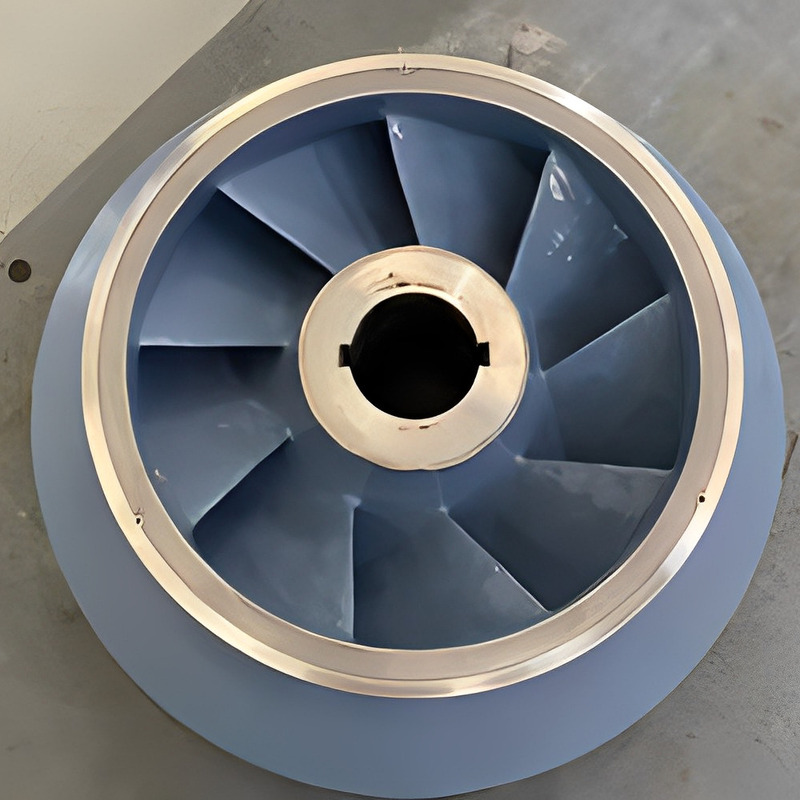Welding tables are fundamental to any metalworking or fabrication environment, providing a stable and durable surface for a variety of welding tasks. Among the numerous types of welding tables, rebar welding tables have carved a niche for their robustness and cost-effectiveness. In this article, we will explore the unique benefits and applications of rebar welding tables, compare them with other materials like steel plates, and delve into why they are an excellent choice for both professional and amateur welders.
Understanding Rebar Welding Tables
Rebar, or reinforcing bar, is typically made from carbon steel and is used primarily to reinforce concrete. However, its properties also make it ideal for crafting durable welding tables. A rebar welding table is characterized by its grid-like, openwork surface formed by welded rebar. This design offers excellent heat resistance and robustness, making it suitable for heavy-duty welding jobs.
Benefits of Using Rebar Welding Tables
Durability and Strength: Rebar's inherent strength translates into a welding table that can withstand high levels of stress and heat, making it perfect for intense welding tasks.
Cost-Effectiveness: Compared to solid steel plate tables, rebar tables are often more affordable due to the lower material costs. This makes them an attractive option for budget-conscious shops and hobbyists.
Improved Heat Dissipation: The grid-like design of a rebar welding table allows for better heat dissipation, reducing the risk of overheating and warping during extensive welding sessions.
Versatility: The design of rebar tables can be easily customized to fit specific needs, such as adjustable heights and sizes, making them versatile for various welding projects.
Comparing Rebar to Other Welding Table Materials
While rebar welding tables offer significant advantages, it's important to compare them with other popular materials like steel plates and perforated steel. Steel plate tables, such as those made from 5/8 inch plates, provide a solid, flat surface that is excellent for precision tasks. However, they can be significantly heavier and more expensive. Perforated steel tables offer good heat dissipation and are lighter than solid steel tables, but they may lack the raw strength provided by rebar.
Applications and Scenarios
Rebar welding tables are particularly useful in environments where heavy-duty welding is common, such as in automotive workshops, construction sites, and metal fabrication facilities. They are also ideal for educational settings where durability and cost are significant considerations.
FAQ
Q: Can rebar welding tables be customized?
A: Yes, rebar tables can be tailored in terms of size, height, and surface area to meet specific requirements.
Q: Are rebar welding tables suitable for all types of welding?
A: While rebar tables are versatile, they are especially well-suited for projects involving heavy metals and where heat dissipation is crucial.
Q: How do I maintain a rebar welding table?
A: Maintenance involves regular cleaning to remove slag and metal scraps and treating the table with anti-rust coatings if used in humid conditions.
Rebar welding tables represent a blend of durability, cost-efficiency, and practical design. They are an excellent choice for various welding environments, balancing performance with affordability. For those interested in exploring the range of rebar and other steel welding tables, visit kt-foundry to discover products that can enhance your welding efficiency and precision.

